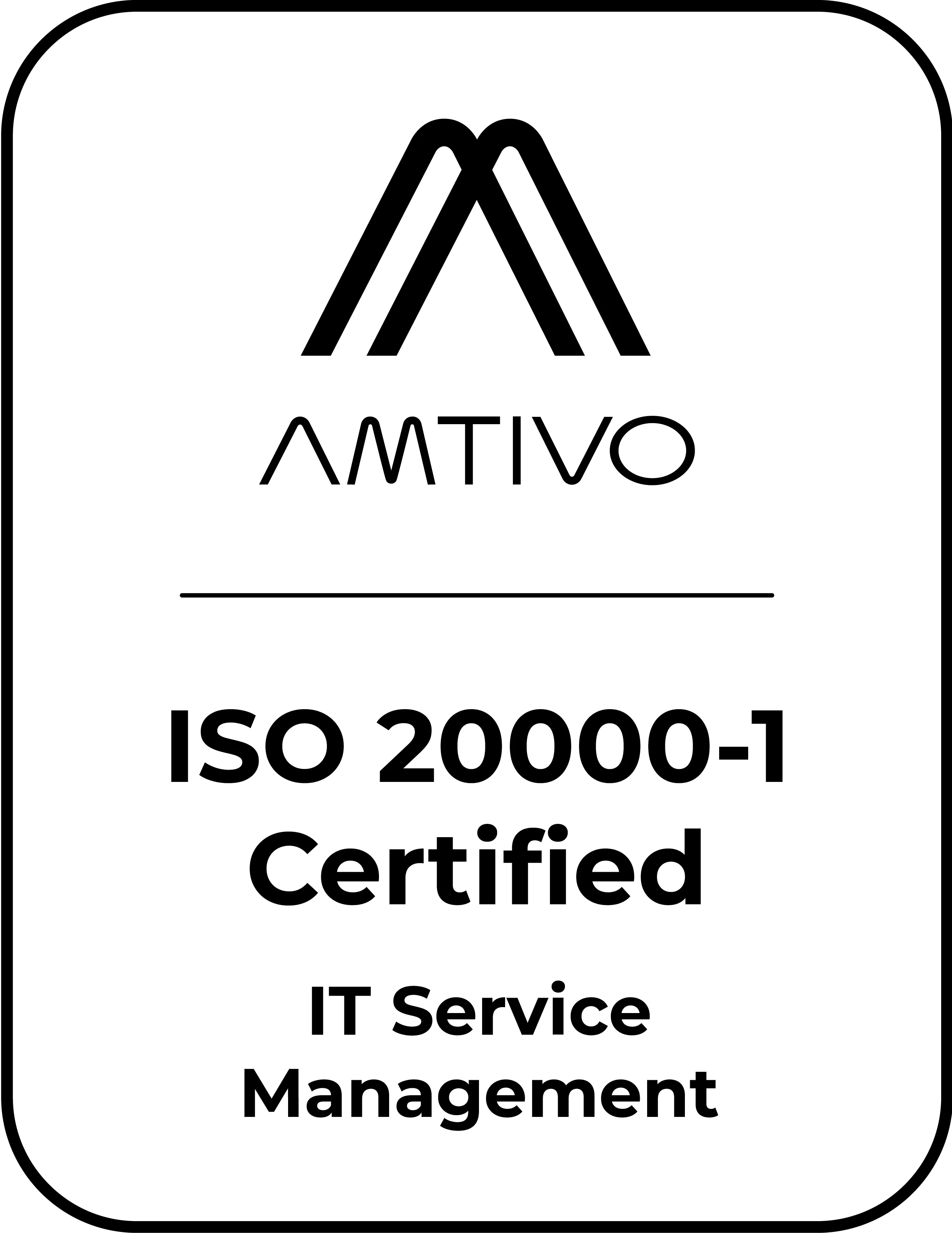The CBSE exam table is structured differently to State Board curricula. Rather than having three exams spread throughout the year, the CBSE curriculum features continuous assessments called Formative Assessments (FA), plus one exam, which is referred to as the Summative Assessment (SA). The CBSE curriculum is split across two semesters.
Semester one (FA1)
The Formative Assessment consists of three activities, and children gain a mark out of 10 for each. One is an individual activity involving the creation of a chart, model or project; the second is a similar group-based activity; the third is a pen and paper exam.
Semester two (FA2)
Semester two includes the same Formative Assessment as semester one, plus the Summative Assessment. This is a written exam (90% theory, 10% practical) that is worth a total of 30 marks.
The total marks available in each semester is 50, which are added up to give each child a score out of 100 for the academic year.
CBSE exam score conversion
Below is a chart showing the GPA criteria of the CBSE curriculum:
Marks Range | Grade | Grade Point |
91-100 | A1 | 10 |
81-90 | A2 | 9 |
71-80 | B1 | 8 |
61-70 | B2 | 7 |
51-60 | C1 | 6 |
41-50 | C2 | 5 |
33-40 | D | 4 |
21-32 | E1 | - |
20 or below | E2 | - |



.jpg?h=474&iar=0&w=474&rev=a4a23ac7ee82408d82722ff2bbe9c7af&hash=6190E0081579E191E9F3A652CFE2642A)





